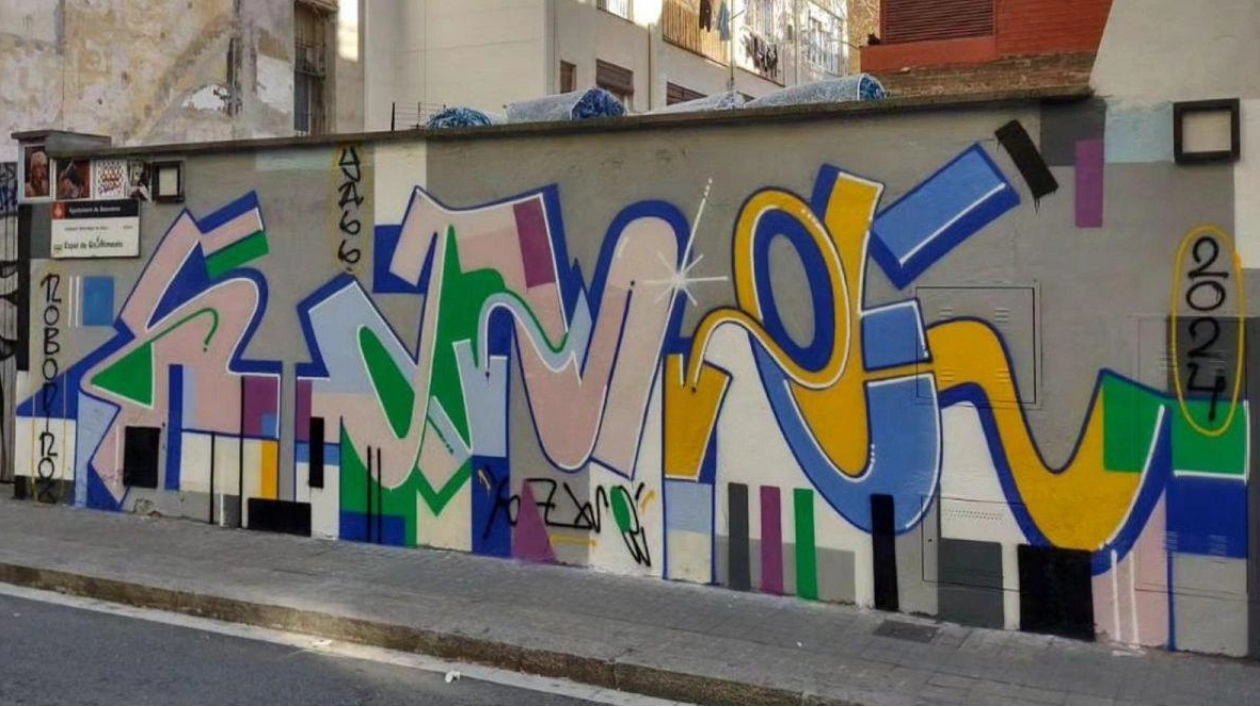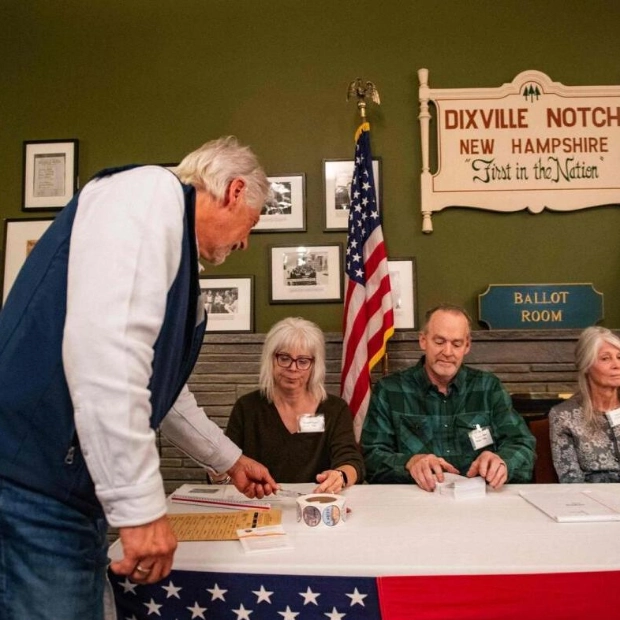Graffiti has often been hailed as the most significant art movement since the Renaissance. While many children are familiar with Banksy's work, how many can say the same about Caravaggio's masterpieces? Whether young or old, most have attempted to spray paint a wall, but how many have taken up the brush and easel? Perhaps it's the fact that graffiti is outlawed in many places that makes it so appealing, especially to the youth. Canadian artist Louis Pierre Boivin has identified how graffiti has subtly but profoundly influenced the art world, coining the term 'trasgraffiti' to describe this phenomenon.
Boivin emphasizes that trasgraffiti differs from the cultural impact of artists like Banksy. Instead, he highlights how graffiti techniques are now integrated into various art forms and beyond. 'It is the integration of graffiti into contemporary art practices in a very subtle way. It is different to urban art,' he explains. 'Urban art, like pieces by Banksy or other artists, would be painting something on a wall then doing something which is exactly the same in a gallery.'
Boivin, a 40-year-old Quebec native residing in Barcelona, will participate in a debate on trasgraffiti at the Museu Art Prohibit in Barcelona on October 30th. He will discuss this new concept with artists from around the world, including Martí Sawe from Spain, Alsino Skowronnek from Germany, the French artist Bertrand Main, and Marc Mascort Boix, a Spanish cultural curator. Banksy remains the world's most renowned graffiti artist, despite his anonymity and the millions his works fetch at auctions. However, Boivin believes that a negative attitude towards urban art still persists.
'There is a reaction against urban art which is seen as a kind of low class of art,' he says. 'Trasgraffiti is a more subtle use of graffiti practices into art. Artists might use tags or works which look like they have been made with spray paint. It proves that graffiti has a really huge impact on the world in general but especially on the world of art.' Boivin argues that trasgraffiti stems from a sub-culture with distinct values, gradually integrating graffiti elements into mainstream art. 'What is important is valuing the impact. Graffiti has had a lot of impact in the world of fashion, art, and design. It is part of the landscape of the city.'
He believes that the perception of graffiti in cities reflects the cultural vibrancy of metropolitan areas. 'Barcelona has graffiti tourists and people who come to watch them doing graffiti,' he added, highlighting the city's dynamic cultural life since the 1990s. Boivin, who coined the term trasgraffiti, derived it partly from the Spanish word 'tras,' meaning through. Thus, it translates to 'art through graffiti.' He cites the example of American artist Jason Revok, who incorporates 1970s graffiti symbols into his work, using spray paint in minimalist art to evoke a graffiti-like appearance.
British anthropologist Rafael Schacter has also explored the ephemeral nature of graffiti, questioning why only financially valuable images are deemed acceptable in urban spaces. Boivin hopes to organize an exhibition on trasgraffiti at The Museum Art Prohibit, a fitting venue dedicated to forbidden art. 'This is to understand the influence that graffiti has on our world. It has bad sides, and it has good sides. It is important for institutions, especially city councils, to understand its importance in our society because it is a culture which has been there for fifty years and it is not going to go away,' Boivin asserts. Artist Marc Mascort Boix agrees that labeling trasgraffiti aids in its understanding. 'Giving something a name helps. People said ‘that’s Impressionism' or ‘that’s Cubism’. There is a need to have a concept so you can start spreading the word,' he says.
Lady Pink, a New York graffiti artist, once claimed that graffiti is the most significant art movement since the Renaissance, involving more people simultaneously. 'It is a movement which involves more people at the same time. On one hand it is the culture of our age. My daughter knows about Banksy but she does not know about Caravaggio,' Mascort Boix continues. Boivin concludes, 'It is incredible the pleasure that graffiti gives you, picking up the spray can. It is such an in-your-face thing. You cannot deny its existence.'
Source link: https://www.euronews.com






